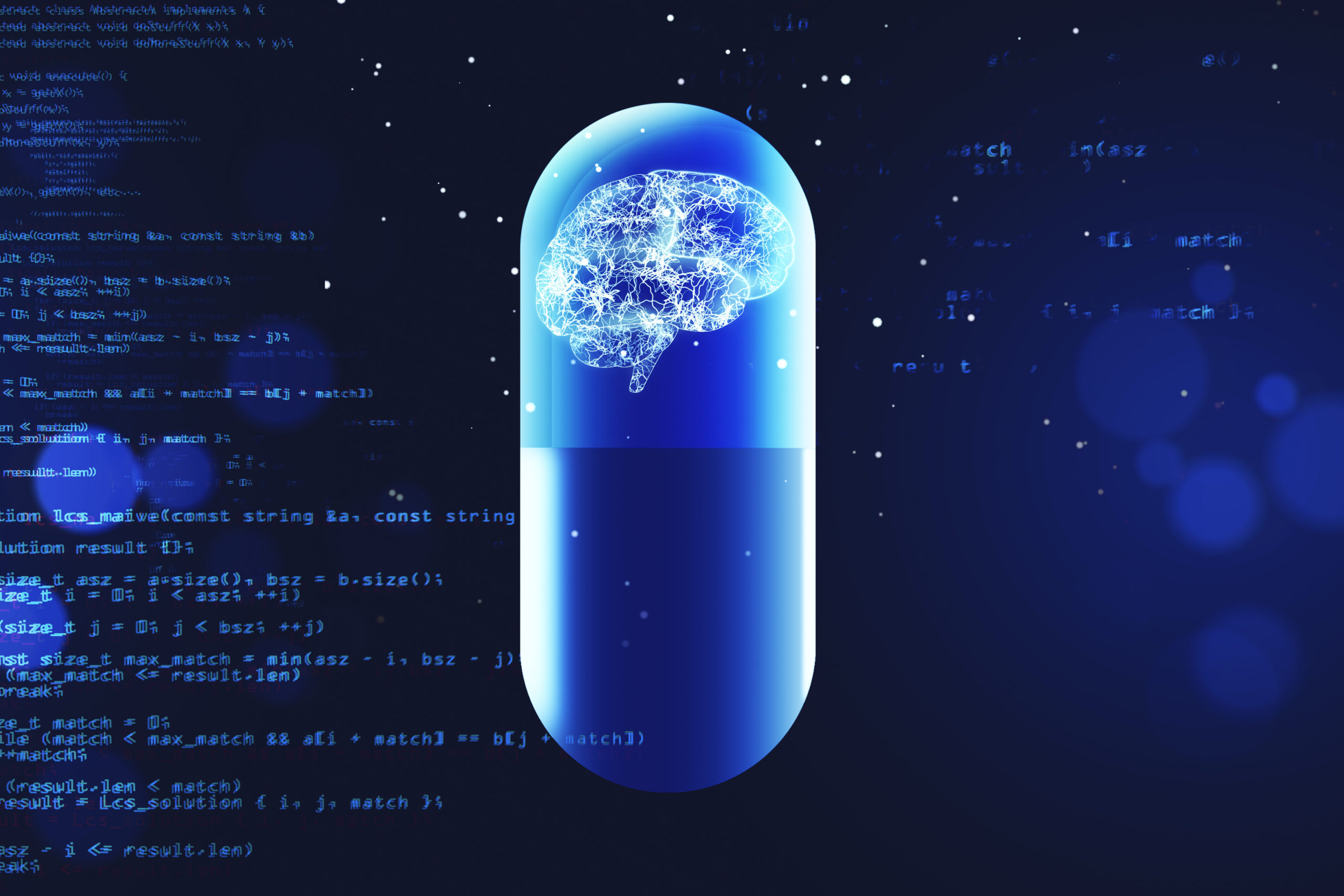A hierarchy of capsules structured to mimic the function of the human brain appears to be the utmost solution for machines to learn like humans.
A Capsule Network, by definition, is a machine learning system that is a type of artificial neural network that is used to model hierarchical connections. The approach is an attempt to mimic biological neural architecture more accurately. It is being implemented in machine learning and artificial intelligence applications to eventually reach the capability of replicating how the human mind and psychology operate in machines.
The Notion of Neural Networks
Before the emergence of capsule networks, there was just the concept of neural networks. So, what are neural networks? They are sets of algorithms that attempt to detect underlying relationships in batches of data using a process that corresponds to the way the human brain functions. Neural networks essentially mimic the systems of neurons in the human brain.
Just as the organic brain functions, neural networks stack large numbers of neurons together. These stacks of neurons are composed of input layers, processing layers, and output layers. Within the processing layer, just like the neurons and synapses in the organic brain, there are nodes and connections. Essentially, the goal is to enable these networks to process and interpret image inputs just like the brain.
To understand how capsule networks operate, it is essential to have an idea of how Convolutional Neural Networks (CNN) work.
Convolutional Neural Networks
The human brain learns to recognize new images when a person sees multiple forms of an image. Once the brain learns an image, the person can recognize the image in any sort of form. In the same manner, CNN learns. It sees and repeats seeing millions of photos to be able to learn to recognize the image in new forms, by making a comparison with similar images that it has already seen.
However, CNN can’t entirely be able to recognize all possibilities of images all by itself. For instance, if it’s trained to recognize a person carrying a suitcase with the right hand, it won’t be able to recognize the person if the image is inverted horizontally. Therefore, the CNN must be explicitly trained on all possible combinations of training images for it to learn all of them. This is achieved by training the CNN by transforming images by every possible combination of image modification like rotations, inverts, crops, color balance, size, zooms, and other transformations. However, doing that is time-consuming and cost-intensive.
CNN works by detecting fundamental forms in the initial layers and progressively moving through the layers to produce parameters that respond to different aspects of the image. For example, a CNN trained on human faces learns to recognize basic features in the earliest layers such as edges and basic shapes before progressing to distinguish multidimensional features like nose, ears, eyes, lips, and so on.
A CNN extracts features and patterns, which in turn helps an algorithm recognize the object in an image. This is because computers view pictures as matrices. For computers, images are nothing more than just matrices. However, in order to operate at their utmost functionality, CNNs require a significant amount of investment in technology.
The Emergence of Capsule Networks
Without a doubt, CNN revolutionized the manual extraction of information from pictures by automating and scaling up the time-consuming task of extracting patterns and features from images. Its applications in several industries, such as facial recognition, object detection, natural language processing, self-driving cars, and so on, are praiseworthy. However, this intensive application of the CNN created the opportunity for researchers to discover its flaws and to drive more advancement in the field.
In order to comprehend CNN’s flaws, it is important to understand what happens behind the scenes. CNN identify the presence of all the components and associates them with an image without considering the arrangements of the constituent elements that comprise an image. Which means they completely disregard the orientation of objects. Therefore, after exhaustive applications and advancements, Capsule Networks emerged.
Why Adopt Capsule Networks?
Capsule networks are a newer version of neural networks that mimic the way the human brain learns by modeling the hierarchical links in processing a picture. The approach followed by capsule networks is in stark contrast to the method taken by traditional neural networks.
Capsule networks, unlike the CNNs, have the functionality of recognizing multidimensional elements of images. For instance, in a facial recognition system, capsules train themselves to detect eyes, ears, nose, and lips rather than just the basic shapes of these elements. The information associated with the features of each element is transmitted from lower-level neurons to higher neurons. This hierarchy of routing among neurons improves accuracy.
Capsule networks clearly outperform typical neural networks in terms of maintaining spatial information, avoiding feature losses, utilizing less data to train, and taking less training time. Capsule networks have delivered significant accuracy on basic datasets but, when using more complicated databases, they still require robust amplification.
As promising as the technology sounds, ongoing studies and enhancements are still required to make the technology more durable, adaptable, and computationally efficient.
Photo: Golden Dayz/Shutterstock
You might also like:
Support us!
All your donations will be used to pay the magazine’s journalists and to support the ongoing costs of maintaining the site.
Share this post
Interested in co-operating with us?
We are open to co-operation from writers and businesses alike. You can reach us on our email at cooperations@youthtimemag.com/magazine@youthtimemag.com and we will get back to you as quick as we can.









